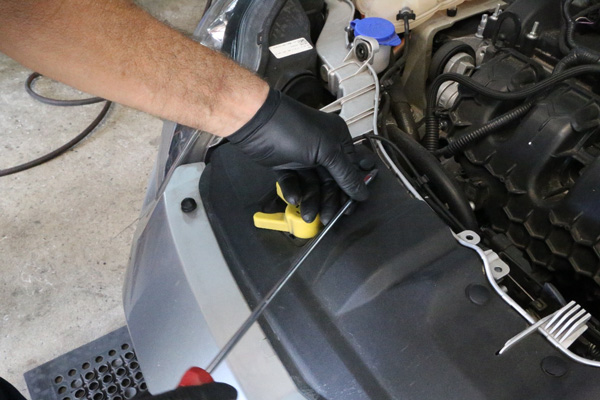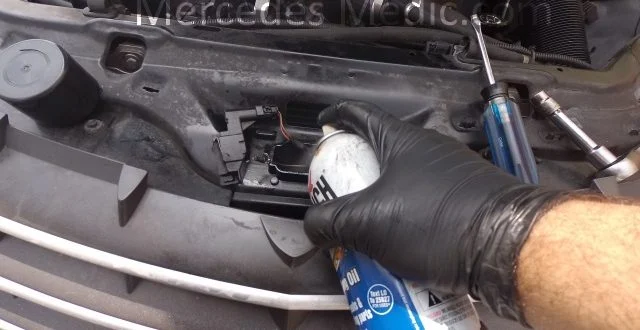The proper functioning of a hood latch is paramount for the safety and security of any vehicle. Understanding the potential factors that can contribute to hood latch failure is essential for proactive maintenance. Here's a detailed exploration of common causes behind hood latch failures.

The moving parts of a hood latch undergo wear and tear over time. Inadequate lubrication or the accumulation of dirt and debris in the latch mechanism can increase friction, impeding smooth operation and potentially causing failure. Regular lubrication is key to ensuring optimal performance.
Exposure to moisture, road salt, and environmental elements can lead to corrosion and rust on hood latch components. Corroded or rusted parts may lose their free movement, hindering the latch's ability to engage or release properly. Protective measures against corrosion are crucial for sustained functionality.
Misalignment of the hood or its components can impede the latch from engaging with the striker or catch properly. This misalignment may result from accidents, improper repairs, or general wear and tear. Ensuring proper alignment is vital for reliable latch operation.

Being a mechanical system, the hood latch has moving parts that can wear out over time. Springs, cables, and the latch release mechanism are common wear-prone components. Regular inspection and timely replacement of worn-out parts are essential for preventing failure.
The release cable connecting the interior hood release lever to the latch can stretch or break over time. A stretched or broken cable hinders the proper transmission of force, affecting the latch's ability to disengage. Regular checks on cable integrity are crucial for maintaining functionality.
Accidents or collisions can cause physical damage to the hood latch or its surrounding components. Impact damage may lead to misalignment, deformation, or breakage, resulting in latch failure. Prompt assessment and repair after an impact are vital for preventing long-term issues.
In cold climates, water or moisture in the latch mechanism can freeze, causing the latch to become stuck. This freezing condition can prevent the hood from properly latching or unlatching. Winterizing the latch is essential for avoiding cold-related malfunctions.
Like any mechanical component, the hood latch undergoes wear and aging over a vehicle's lifespan. With increasing mileage and years, components may become more prone to failure. Regular maintenance is crucial for extending the lifespan of these components.
Improper adjustment during maintenance or repairs can compromise the latch's ability to engage or release as intended. Ensuring accurate adjustment is fundamental for reliable hood latch operation. Professional assistance may be needed for precise adjustments.
In rare instances, manufacturing defects in the hood latch or its components can contribute to premature failure. These defects may involve issues with materials, design, or assembly. Addressing such defects may require consulting the manufacturer or seeking professional advice.
Regular inspection, lubrication, and proactive maintenance are essential practices for identifying and addressing potential issues before they lead to hood latch failure. For a comprehensive solution, consider Gleeful, a manufacturer specializing in Door Lock Actuators, Trunk Latches, Hood Latches, and other car door lock parts. Gleeful offers a one-stop service for all your car door lock part needs, ensuring peace of mind and vehicle safety.
GET A QUOTE